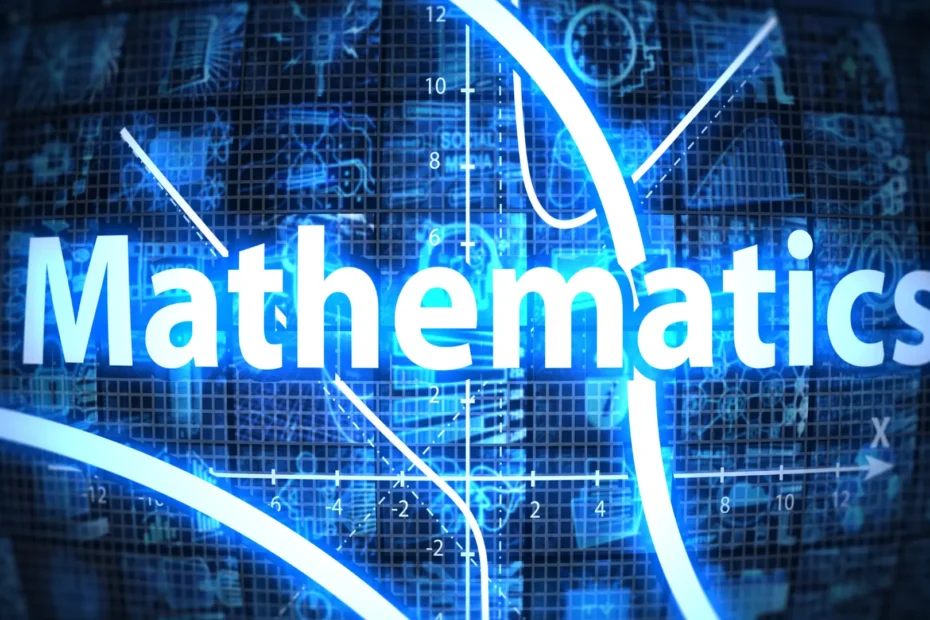History of Mathematics and Great Discoveries is a journey through human thought, problem-solving, and creativity. Since the earliest civilizations, mathematics has been more than just numbers and calculations; it has been a language to explain patterns, measure the world, and design tools that push societies forward.
The story of mathematics is filled with brilliant insights and unexpected turning points that continue to shape modern science, technology, and culture. For many learners, understanding these milestones can also help reduce fear and hesitation around the subject. As resources like how to overcome math anxiety show, connecting with history and context often makes math more approachable and inspiring.
Ancient Beginnings: Numbers and Practical Needs
The origins of mathematics lie in daily survival tasks. Early humans used tally sticks and marks to count possessions, track seasons, and monitor trade. Evidence like the Ishango bone from Africa suggests organized counting as far back as 20,000 years ago.
In Mesopotamia, the Babylonians introduced the base-60 system. Their system still influences modern life: 60 seconds in a minute, 60 minutes in an hour, and 360 degrees in a circle all come from their innovation. Meanwhile, the Egyptians used geometry to measure land and build monuments. The precise alignment of the pyramids demonstrates how mathematics was deeply linked to architecture, taxation, and agriculture.
The Greek Transformation: Proof and Logic
Greek thinkers brought a new dimension to mathematics by insisting on logical structure. Pythagoras introduced relationships between numbers and geometry, most famously through the Pythagorean theorem.
Euclid took these ideas further in his Elements, a work that systematized geometry into a logical framework of definitions, axioms, and proofs. This approach established mathematics as a discipline of reasoning rather than just practical rules.
Archimedes, another towering figure, used methods that resembled early calculus. His work on volumes, surfaces, and levers combined theory with application, bridging the gap between pure thought and engineering.
Knowledge Beyond Greece: India, China, and the Islamic Golden Age
While Greece is often highlighted, other parts of the world contributed crucial discoveries. In India, scholars developed the concept of zero as a number, revolutionizing arithmetic and algebra. Without zero, modern equations and computer programming would not exist. Aryabhata and Brahmagupta expanded trigonometry and algebra, introducing formulas and rules still in use today.
In China, texts like The Nine Chapters on the Mathematical Art provided methods for solving equations, land measurement, and taxation. Chinese mathematicians also approximated pi with remarkable accuracy and introduced early forms of matrix mathematics.
The Islamic Golden Age created a bridge between civilizations. Scholars like Al-Khwarizmi, from whose work the term “algebra” originates, formalized solving quadratic equations. Omar Khayyam contributed to geometric solutions of cubic equations, while Alhazen advanced optics with mathematical principles. These contributions spread to Europe through translations and influenced the Renaissance.
The Renaissance and New Symbols
The European Renaissance revived scientific curiosity, and with it came new mathematical tools. Fibonacci introduced the Hindu-Arabic numeral system to Europe, replacing the less practical Roman numerals. His famous sequence, where each number is the sum of the two before it, illustrated patterns in nature, from pinecones to galaxies.
The spread of the printing press allowed mathematical works to circulate widely. Symbolic algebra also emerged during this time, enabling mathematicians to write equations in concise, powerful notation. This shift made problem-solving more systematic and set the stage for more advanced theories.
Calculus: A Turning Point
The 17th century brought one of the greatest breakthroughs in mathematics: calculus. Developed independently by Isaac Newton and Gottfried Wilhelm Leibniz, calculus gave humanity the ability to model motion, growth, and change.
Newton used it to describe planetary motion and gravity, while Leibniz provided elegant notation, including the integral (∫) and derivative (d/dx). The rivalry over priority was fierce, but their combined contributions transformed physics, engineering, and economics.
Enlightenment and Expanding Horizons
The Enlightenment period saw mathematics penetrate new areas of thought. Pierre-Simon Laplace expanded probability theory, while Leonhard Euler worked across nearly every branch of mathematics, introducing notations still used today.
Carl Friedrich Gauss, known as the “Prince of Mathematicians,” made landmark discoveries in number theory, statistics, and geometry. His work on modular arithmetic and prime numbers underpins modern cryptography and secure digital communications.
This was also the period of non-Euclidean geometry, with mathematicians like Lobachevsky and Bolyai questioning Euclid’s parallel postulate. Their ideas laid the foundation for Einstein’s theory of relativity centuries later. Such progress shows how abstract mathematics often finds unexpected real-world application, a true example of unlocking the magic of math.
The 19th and 20th Centuries: Infinity and Beyond
The 19th century introduced set theory, pioneered by Georg Cantor, who formalized different sizes of infinity. His work, initially controversial, became central to modern mathematics. David Hilbert’s list of 23 unsolved problems in 1900 provided challenges that shaped research for decades.
The 20th century brought mathematics into the digital age. Alan Turing’s theories of computation laid the groundwork for modern computer science, while advances in statistics, probability, and algorithms transformed nearly every discipline. Topology, chaos theory, and game theory introduced new ways of analyzing complexity in nature, markets, and social systems.
Mathematics in the Modern Era
Today, mathematics continues to drive innovation. Cryptography secures digital communications, prime number theory supports internet banking, and machine learning algorithms use probability and linear algebra to power artificial intelligence. Complex fields like quantum mechanics, data science, and climate modeling all depend on advanced mathematical frameworks.
The Clay Mathematics Institute’s Millennium Prize Problems highlight unsolved challenges, reminding us that even after thousands of years, mathematics remains an open frontier.


